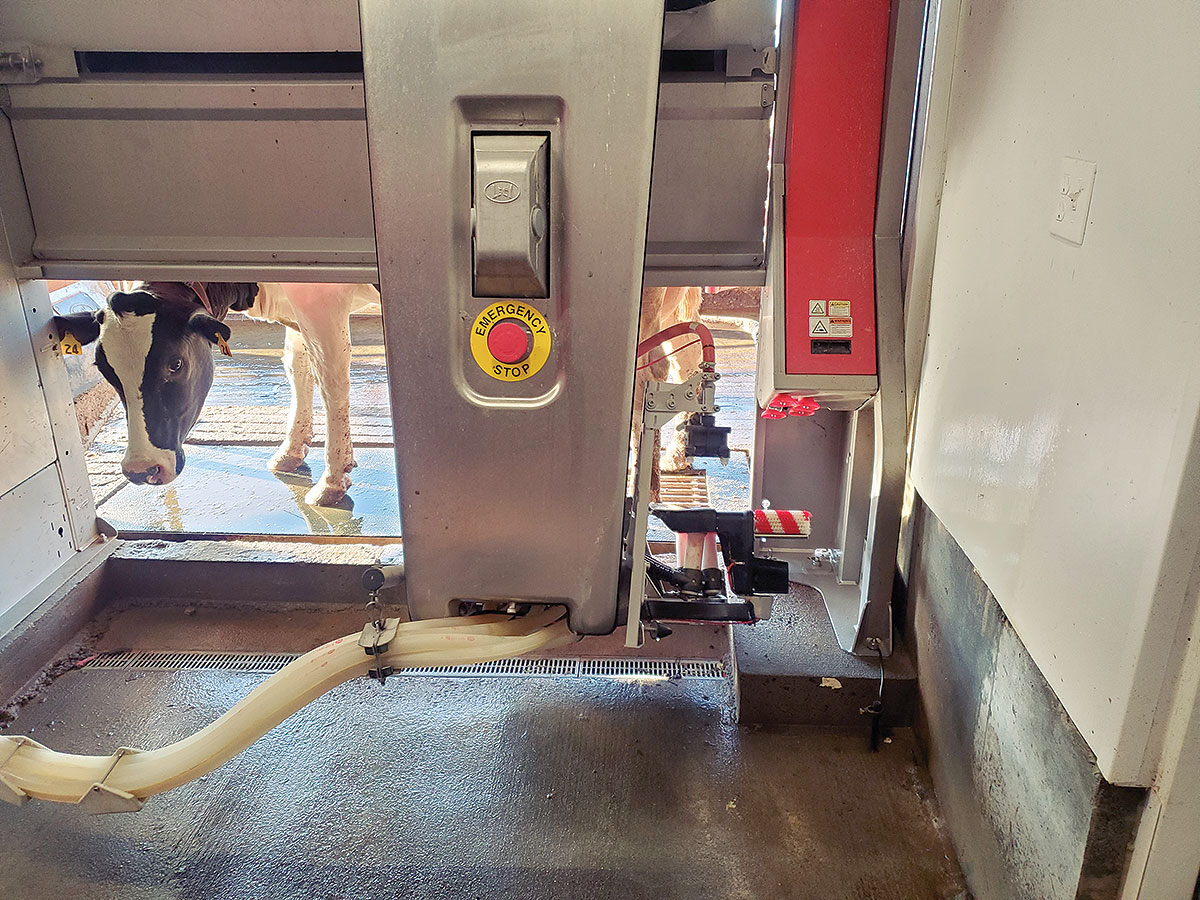
Don Richardson purchased a few Boer goats about 10 years ago for the simple task of keeping the underbrush in his pastures cleared. Their land was overgrown, and Don and his wife, Marilyn, quickly realized that by allowing the goats to graze, there was effective control in the growth of weeds.
It wasn’t long after the initial purchase that Don and Marilyn decided if they were going to have goats anyway, they might as well begin raising them to sell. They purchased more Boer goats, and began investing time in their growing herd.
The Richardsons had nearly 100 goats when an ice storm hit their farm pretty hard in the winter of 2009. They sold most of the herd, due to damaged fences from the storm. Today, they have right at 30 head, and don’t plan on building the herd back up. “We will continue to sell the whethers, as that pays the bills,” Don explained. He and Marilyn plan on continuing to raise kids, and then sell them at the Harrison, Ark., auction. Marilyn said they benefit from the local auction. “We can load them up in the afternoon, take them in and sell them that night, and know the amount we earned.”
Don added, “They are fresh off the farm upon arrival at the sale barn.”
While many farmers breed their goats in spring, Don prefers his goats’ births be in January and February.
“The snow and cold is hard on them, but they didn’t lose very many,” he said of this past year. Don said he can tell in an hour or two whether a newly born kid is going to make it or not. With a watchful eye, the Richardsons move the kid or kids with their mom to a sectioned-off pen in the barn, allowing them two or three days in the pen before placing them back with the herd.
“They may stay a week, depending on how the kid is getting along. If they have triplets, it is a longer stay. If twins, they stay a week, maybe less. We bring them to the front pasture in December, for them to kid easier. We can find them easier in this section of pasture,” Don added.
The herd will remain in this section of pasture until spring, and then the Richardsons return them to roam the full acreage.
The Richardsons have 146 acres for the goats to roam. Most of the acreage is “hills, hollers and brush,” stated Marilyn.
“We do hand-feed the goats just enough corn to keep them coming up out of the back acres. Primarily though, the goats graze on the grass, tree limbs and underbrush,” Don noted.
Don pointed out to his land, where his goats have eaten the tops of various sticker bushes, as well. “They are grazers, they will graze in one area for a while, then will move on to a different area, and will just continue that routine day after day.”
In addition to the small herd of goats, the Richardsons also have a few head of longhorns. One bull in particular, “Dandy” is tame enough for Don to sit upon.
Two calves are on hand, one born September of 2010, and the other one is just a few months old. They raise the calves, and like the goats, take them to market. “These are just more novelties than anything else,” said Marilyn. We do slaughter a few, instead of selling the cattle and buying beef.
The Richardsons are breeding goats, a few cattle, and enjoying all life at the farm offers, including a little income to pay some bills.







